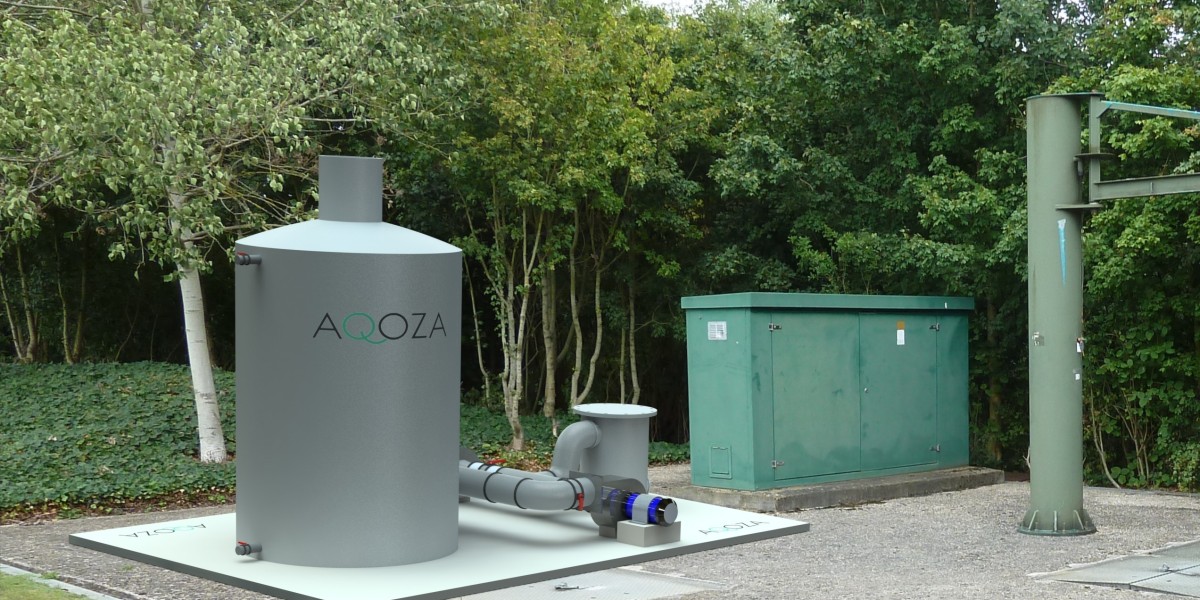Ensuring Fresh Air: Advanced odour control in wastewater treatment
Wastewater treatment is essential but let’s face it, the unpleasant smell that often comes with it can be a serious issue. That's where odour control in wastewater treatment steps in, and AQOZA leads the way with innovative and effective solutions crafted for municipal plants, pumping stations, manholes, and more.
Why odour control in wastewater treatment matters
Unpleasant odours, often caused by hydrogen sulfide (H₂S), ammonia, VOCs, and mercaptans, not only discomfort nearby communities but also pose health risks and accelerate equipment corrosion. Effective Odour Control In Wastewater Treatment ensures better air quality, regulatory compliance, and improved community relations.
AQOZA’s suite of odour control solutions
AQOZA offers a range of technologies tailored to diverse needs:
- Activated Carbon Adsorption Systems: Capture and neutralise foul odors at their source. With efficiencies up to 99.9%, these systems handle H₂S, ammonia, VOCs, and more using specialized, sometimes water-regenerable, activated carbons.
- Biological Oxidation Systems: Utilizing microorganisms, systems like bio-scrubbers biologically degrade odorous compounds into harmless byproducts, delivering eco-friendly performance.
- Hybrid Systems (Biological + Activated Carbon): Combining both methods yields stellar results up to 99.99% removal. The biological stage mitigates most odours, while activated carbon provides a final polish, lowering operating costs over time and offering fail-safe reliability.
Real‑world impact: AQOZA case studies
- Residential Community: A densely populated area plagued by odour complaints achieved over 99% reduction in odorous gases using a bespoke adsorption system. Complaints ceased, and air quality greatly improved.
- Airport Sewage Plant: Implementing an activated carbon-based odour control system reduced H₂S levels from 100 ppm to under 1 ppm. The system, featuring durable coconut-shell media, eliminated odours and protected infrastructure from corrosion.
- Bank Facility in Bangalore: A 600 KLD basement STP released odours that affected employees and corroded electrical panels. AQOZA’s activated carbon unit (1300 m³/hr) brought 99.9% removal efficiency, eliminated odours, thwarted corrosion, and delivered remote monitoring axes all operational headaches.
Choosing the right odour control in wastewater treatment solution
AQOZA encourages plant owners to evaluate factors such as treatment scale, required removal efficiency, operating budgets, and site conditions. For smaller plants (<1 MLD or <10,000 m³/hr capacity), activated carbon adsorption is reliable and simple to operate. Larger systems often benefit long‑term from hybrid or biological systems that balance performance with economical upkeep.






